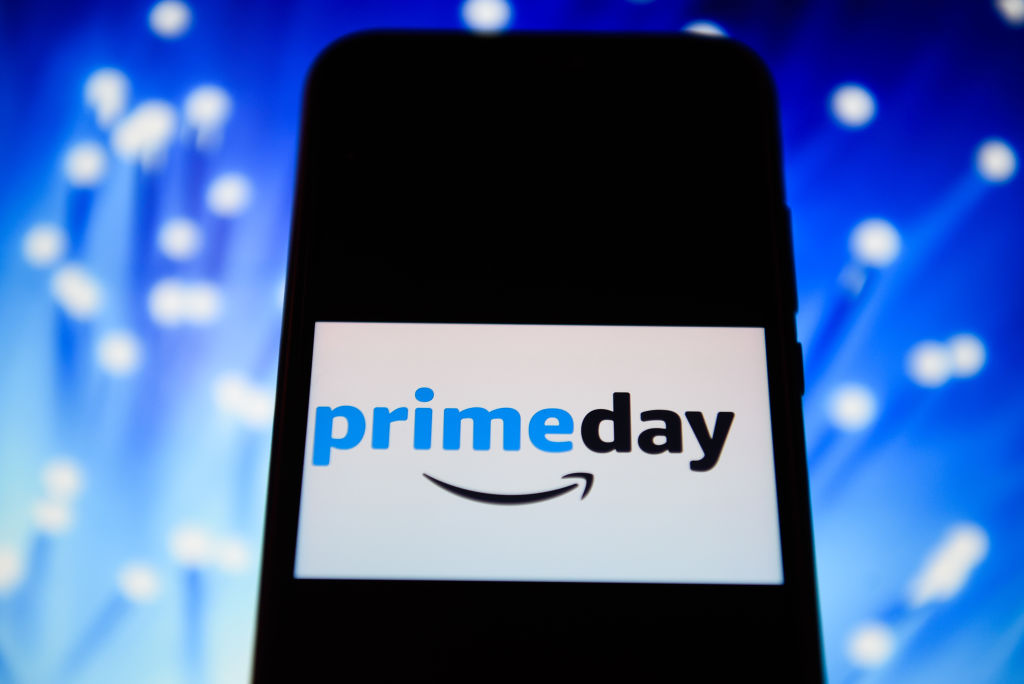5 Ways to Save Without Looking Like a Cheapskate
Shoppers don't have to sacrifice quality or appear as if you'll do anything for a discount if you use these strategies.

I’m all for saving money. That’s the purpose of this column, after all. But I know that even most thrifty people don’t want to look like they are cheap. And it's not just about appearances. Doing anything to save a buck can backfire if you’re buying shoddy products solely because they cost the least. They won’t last, and you’ll have to buy more. That’s not saving money – it’s wasting money.
TAKE OUR QUIZ: Bargain or Trap?
So how do you save money without looking cheap – or actually being cheap? Try these five strategies:
Save at the supermarket without a giant stack of paper coupons. Surely, you’ve been stuck behind someone at the grocery checkout who is holding up the line as she fumbles to find all of her coupons. You know that you, too, should be taking advantage of coupons to save money, but you don’t want to be “that lady.” Good news: You don’t have to clip and collect paper coupons to use them. Many supermarkets’ Web sites and apps let you load coupons directly to your loyalty card. And some supermarket apps have personalized deals that can be claimed by linking your loyalty card to the app and clicking on the deals to add them to your card. Or you could use other strategies to keep the cost of groceries under control. Try these 10 ways to save without coupons.
From just $107.88 $24.99 for Kiplinger Personal Finance
Become a smarter, better informed investor. Subscribe from just $107.88 $24.99, plus get up to 4 Special Issues

Sign up for Kiplinger’s Free Newsletters
Profit and prosper with the best of expert advice on investing, taxes, retirement, personal finance and more - straight to your e-mail.
Profit and prosper with the best of expert advice - straight to your e-mail.
Time purchases right to get discounts without haggling. Negotiating the price of a product or service often is a great way to get a discount. But if haggling makes you feel like a cheapskate, you can save money instead by timing your purchases right. The payoff from using this strategy will be especially big when you buy big-ticket items. For example, you can save 30% or more on laptop computers just by waiting until back-to-school sales in August and September to make a purchase. Learn more about the best times to buy big-ticket items.
Buy high-quality used products instead of low-quality new ones. Low-quality products, even when brand new, often look cheap. Plus, if they aren’t well made, you’ll have to replace them often – which will erase any savings you might have scored. If higher quality products are out of your price range, though, consider buying pre-owned items to save 50% or more off the original retail price. See 12 Things to Buy Used to learn more about the benefits of purchasing pre-owned products. A good example is quality furniture, which can be purchased second-hand at estate sales and consignment shops. And here are eight things you should buy used for kids so you don’t have to sacrifice quality to save money.
Shop online. You don’t have to feel self-conscious about using coupons, comparing prices or buying only what’s on clearance when you shop online. Plus, the Internet often makes it easier to save money on your purchases. There are Web sites that can help you compare prices and find the best deals. There are sites you can use to find coupon codes to enter at checkout to score instant discounts. And there are even sites that allow you to earn cash back on purchases.
Use the right credit card. Don’t get the wrong idea: I’m not suggesting that you use a credit card as a status symbol. However, the right card can help you save money (as long as you’re not carrying a high balance from month to month). If you don’t want to wait for an item to be marked down and use your credit card to purchase it at full retail price, your card might pay you back the difference if it later goes on sale. For example, Citi cardholders who register purchases they make with their cards will receive the difference in price if Citi finds the same item for less within 60 days of purchase. Discover will refund the difference up to $500 if you find a lower price within 90 days; MasterCard will reimburse cardholders who find a lower price on an item within 60 days of purchase.
Profit and prosper with the best of Kiplinger's advice on investing, taxes, retirement, personal finance and much more. Delivered daily. Enter your email in the box and click Sign Me Up.

Award-winning journalist, speaker, family finance expert, and author of Mom and Dad, We Need to Talk.
Cameron Huddleston wrote the daily "Kip Tips" column for Kiplinger.com. She joined Kiplinger in 2001 after graduating from American University with an MA in economic journalism.
-
 Forget FIRE: Why ‘FILE’ Is the Smarter Move for Child-Free DINKs
Forget FIRE: Why ‘FILE’ Is the Smarter Move for Child-Free DINKsHow shifting from "Retiring Early" to "Living Early" allows child-free adults to enjoy their wealth while they’re still young enough to use it.
-
 7 Tax Blunders to Avoid in Your First Year of Retirement
7 Tax Blunders to Avoid in Your First Year of RetirementA business-as-usual approach to taxes in the first year of retirement can lead to silly trip-ups that erode your nest egg. Here are seven common goofs to avoid.
-
 How to Plan for Social Security in 2026's Changing Landscape
How to Plan for Social Security in 2026's Changing LandscapeNot understanding how the upcoming changes in 2026 might affect you could put your financial security in retirement at risk. This is what you need to know.
-
 21 Last-Minute Gifts for Grandparents Day 2025 to Give Right Now
21 Last-Minute Gifts for Grandparents Day 2025 to Give Right NowHoliday Tips Last-minute gifting is never easy. But here are some ideas to celebrate Grandparents Day.
-
 Texas Sales Tax-Free Weekend 2025
Texas Sales Tax-Free Weekend 2025Tax Holiday Here's what you needed to know about the Texas sales tax holiday.
-
 Alabama Tax-Free Weekend 2025
Alabama Tax-Free Weekend 2025Tax Holiday Here’s everything you need to know about the 2025 back-to-school Alabama sales tax holiday.
-
 The Sweet 23: States Where Twix and Kit Kat Avoid the ‘Candy Tax’
The Sweet 23: States Where Twix and Kit Kat Avoid the ‘Candy Tax’State Taxes There’s something spooky this Halloween, and it’s not just the ghouls. Find out if your state’s sales tax takes a bite out of sweet savings.
-
 Florida Back-to-School Tax-Free Holiday 2025
Florida Back-to-School Tax-Free Holiday 2025Sales Taxes The new tax-free holiday in Florida brought month-long savings on computers, clothing and other school supplies.
-
 Five Reasons You Shouldn't Shop Amazon's Prime Big Deal Days
Five Reasons You Shouldn't Shop Amazon's Prime Big Deal DaysSmart Buying Are Amazon Prime Big Deal Days still a good deal? We'll break it down.
-
 Five Ways to Save on Vacation Rental Properties
Five Ways to Save on Vacation Rental PropertiesTravel Use these strategies to pay less for an apartment, condo or house when you travel.
-
 How to Avoid Annoying Hotel Fees: Per Person, Parking and More
How to Avoid Annoying Hotel Fees: Per Person, Parking and MoreTravel Here's how to avoid extra charges and make sure you don't get stuck paying for amenities that you don't use.